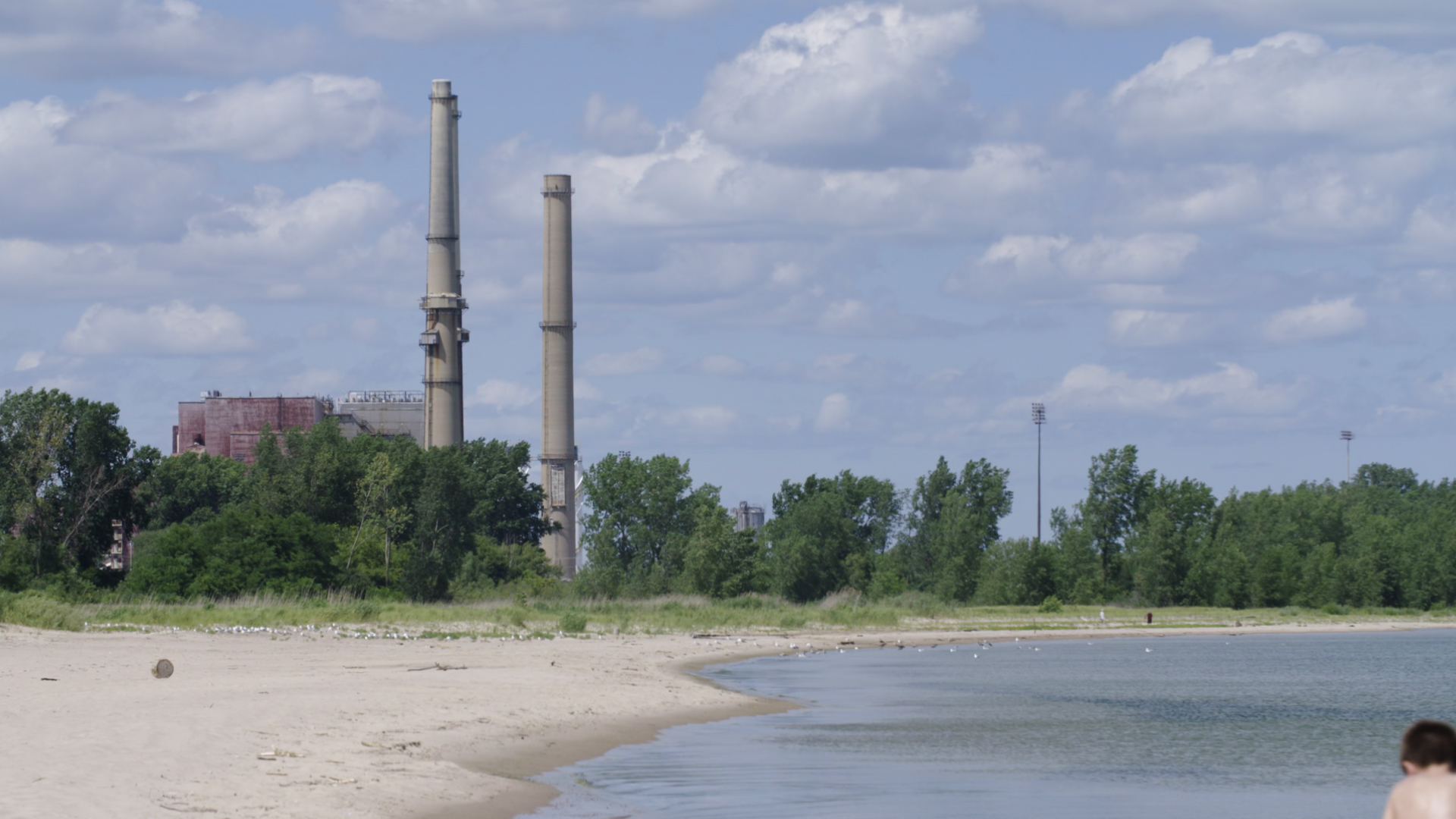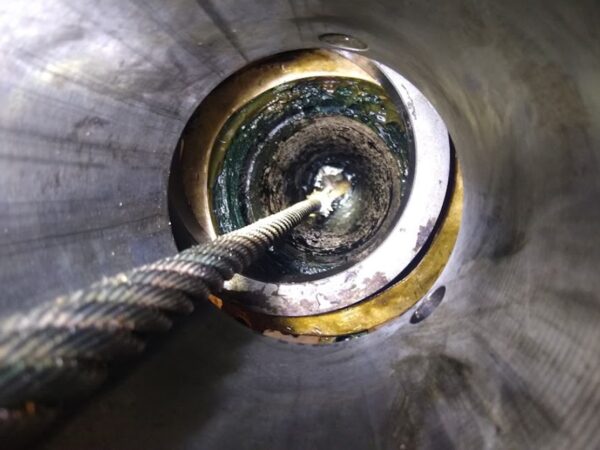
As coal plants close nationwide, they leave behind nearly a billion tons of toxic coal ash. The Medill School of Journalism spent months investigating the coal ash threat and how regulators, companies and environmental groups are handling it.
Here are the basics that will help you understand this looming threat:
What is Coal Ash?
Coal ash is the toxic byproduct of burning coal to generate electricity. It contains heavy metals that can contaminate groundwater, lakes and rivers.
Where is coal ash located?
Coal ash is stored in more than 700 ponds and landfills nationwide, most of them unlined. Ash can also be recycled – known as “beneficial reuse” – where it is used to make concrete or build roads.
What is the Coal Combustion Residuals (CCR) Rule?
In 2015, the EPA established rules for coal ash units, requiring companies to test groundwater, remediate contamination, and make plans to close the units. Companies have to post groundwater monitoring data and closure plans online.
The rule excludes hundreds of “legacy ash ponds” that closed before the federal rule took effect in 2015, yet these ponds are still causing serious groundwater contamination. The rule also does not cover coal ash that was over decades dumped and scattered around coal plant sites and even surrounding areas, often used to build up berms or fill in land.
Is coal ash contaminating our water?
Data posted by companies shows that contaminants around coal ash ponds frequently exceed limits set by the EPA, sometimes exponentially. Private wells used for drinking water can be and have been contaminated by coal ash. Rivers and lakes used for recreation and municipal water supplies can also be contaminated by coal ash.
What’s in coal ash?
Boron is linked to reproductive problems like low birth weight and is also toxic to aquatic life.
Arsenic is linked to nervous system damage and higher rates of cancer.
Lithium is linked to liver and kidney damage as well as neurological diseases and birth defects.
Lead is a potent neurotoxin linked to swelling of the brain and nervous system damage, plus cardiovascular problems.
Molybdenum is linked to gout, high blood pressure and liver diseases.
Cobalt is linked to thyroid damage and blood diseases.
How is a coal ash pond closed?
Coal ash sites need to close after getting their final shipment of coal ash, if they are polluting groundwater above certain standards, or if they fail to meet other safety criteria. The rules say all unlined ponds needed to stop accepting waste by April 2021, though some requested exceptions and have continued filling with coal ash.
Cap-in-place closure
A protective cover is placed over the coal ash so rainwater doesn’t get in and cause flooding or increased leaching into groundwater. If the coal ash is left in contact with groundwater or permeable rock, it can continue leaching contaminants even when capped.
Removal closure
Coal ash is excavated from a pond, dried and moved to a lined landfill above the water table. Companies may be able to build a landfill on the power plant site. Shipping coal ash to landfills off-site means heavy truck traffic or shipping by barge or rail.
Who pays for coal ash cleanup?
Companies: The owners of coal ash sites – utilities or power companies and their shareholders – can pay the cost of coal ash cleanup, often hundreds of millions or even billions of dollars across multiple sites.
Ratepayers: Utilities can seek approval from state public service commissions to bill the cost of coal ash cleanup to ratepayers. They can even seek a profit as a portion of the costs.
Government: If coal ash is designated a Superfund site, the EPA can make the responsible parties – utility or power companies — pay for cleanup. The government can also pay for the cleanup from a pool of Superfund money, especially if the companies no longer exist or can’t pay.
Catch more news at Great Lakes Now:
Reuse can divert coal ash from landfills, but challenges remain
To excavate or not to excavate: With toxic coal ash, that is the question
Featured image: Even as coal plants around the country have closed in high numbers, coal ash is left behind and there’s nearly a billion tons of the toxic material. By nature, these coal plants are usually near water, and the leftover coal ash can leach into groundwater affecting drinking water for nearby residents.




